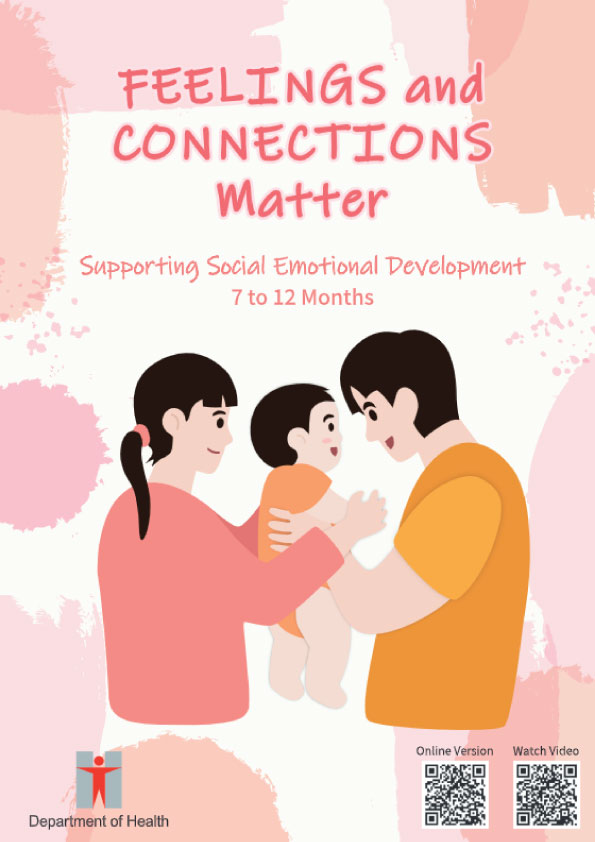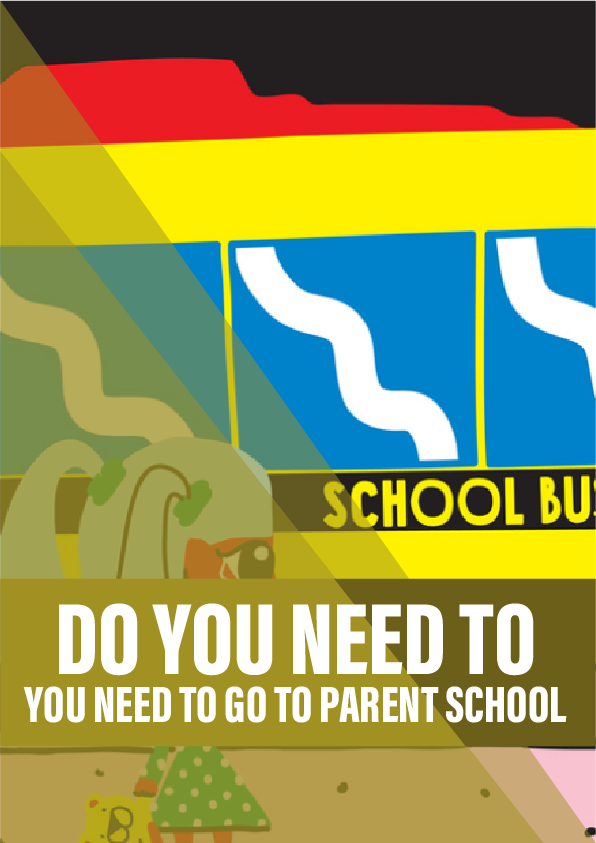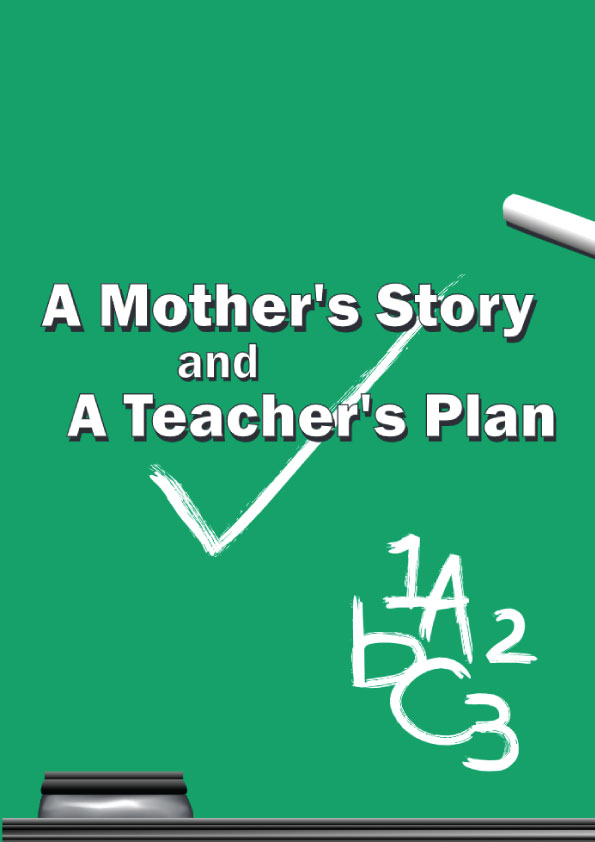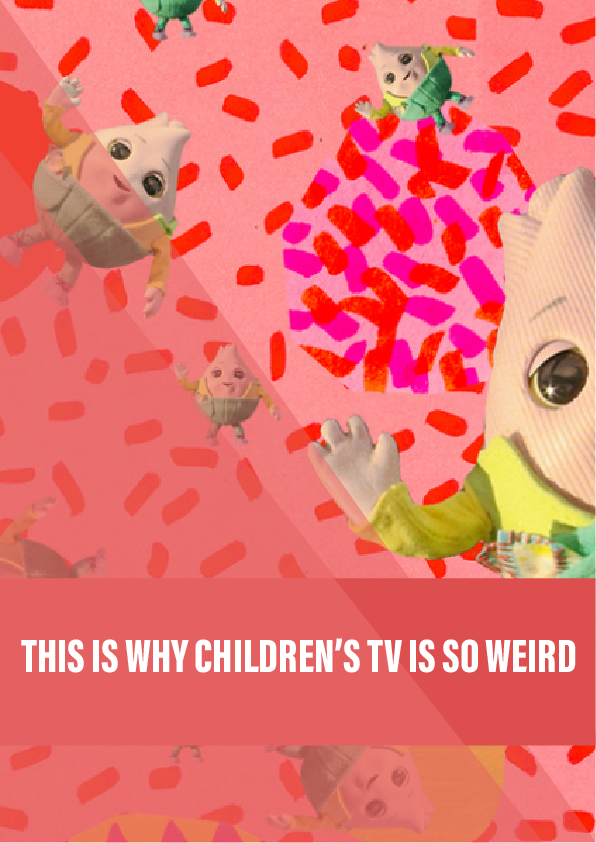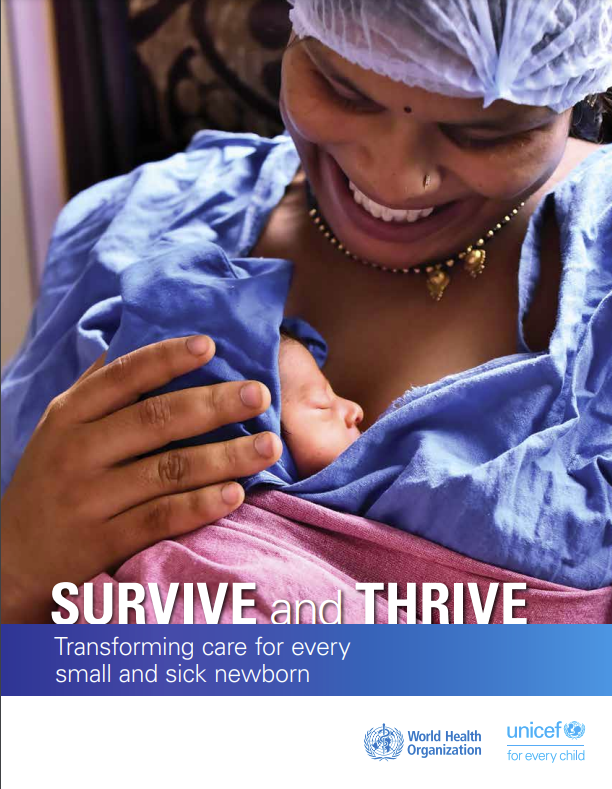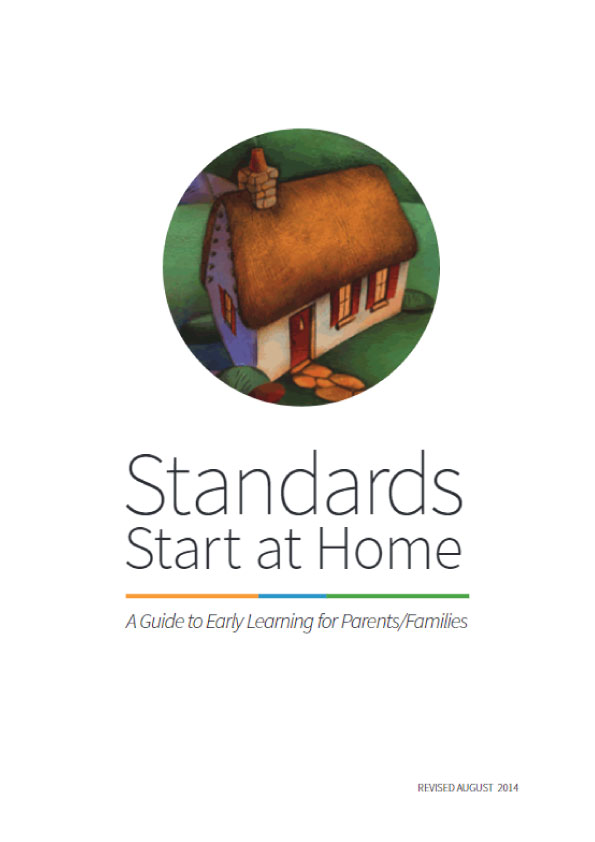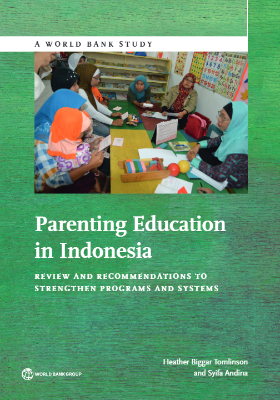Are you amazed and delighted to see your baby grows and reaches new milestones such as sitting, crawling, making different sounds, and taking solid foods? At the same time, have you noticed that she is expressing more emotions and reacting differently to different people? Research suggests that these social and emotional skills develop from birth, and have lasting impact on children’s performance in the other aspects, such as learning and behaviour.
Social and emotional development has the following components, which are interrelated, inseparable, and develop sequentially in line with children’s overall cognitive development:
- Emotional awareness – involves recognising and understanding our own feelings and those of the others, as well as how the emotions and behaviours of ourselves and the other people affect each other
- Self-regulation – refers to the ability to express our feelings, needs and behaviours in appropriate ways
- Social interaction – includes getting along with the others, establishing and maintaining interpersonal relationships
A Closer Look at “Emotion”
We are all born with emotions, positive or negative, which are spontaneous responses that serve the functions of prompting us to take care of our needs, respond to our immediate situation, as well as communicate and connect with others. For example, a baby who has started eating solid food may feel happy and excited when she sees food she likes; when exposed to a new food taste or texture, she may seem hesitant and even gags on it. These emotional expressions allow the caregiver to understand her needs, and adjust the way of cooking or food texture for her. Regardless of the emotions a child expresses, they are neither right nor wrong.
Research suggests that negative emotions do not simply disappear through avoidance, denial or suppression, so learning to be aware, understand and embrace the emotions of ourselves and the others is important to our mental health. Starting from birth, caregivers can lay a solid foundation for their child’s social, emotional and overall development by accepting and supporting her through all emotional ups and downs, even before she could verbally express them.
Keys to Support Social Emotional Development
Your child’s sense of security is the foundation of healthy social and emotional development, which could be nurtured when you
- Provide a safe and loving environment where your child could explore and learn
- Encourage and help your child to recognise and regulate emotions
- Through play and everyday interactions, guide your child to develop social skills
Social and Emotional Milestones
Let’s take a look at your baby’s social and emotional abilities at different stages, so that you can respond more sensitively to her needs:
7 to 9 months old
| Babies can… | Parents may… |
|---|---|
| Displays different emotions clearly, e.g. laughs when playing peek-a-boo, upsets when a toy is taken away, feels anxious in a new environment | Play and talk to your baby often. Pay attention to his different reactions and describe them in simple terms |
| Shows emerging understanding of the others’ emotions, e.g. he may frown when you talk to him angrily | Pay attention to how your baby reacts to your emotions. Your facial expressions and tone of voice should match your words, e.g. avoid smiling happily when you comfort your crying baby, as he may become confused |
| Enjoys your company; may become uncomfortable or shy around strangers or in new situations; may turn away from or avoid looking at things that he does not like or feels uneasy about | Note your baby’s individual reactions to strangers, and respond in line with his emotions; he needs your company to ease his uneasiness. Before he is emotionally ready, avoid forcing him or handing him over to someone else. |
9 to 12 months old
| Babies can… | Parents may… |
|---|---|
| Separation anxiety becomes more obvious. Your baby may be on edge or even cry when you are going to leave her, or when she is around strangers or in a new situation | Accept that this is a normal stage of her development. Help her develop a sense of security and adjust to separation gradually. You may refer to the next section for more practical tips |
| Your baby has her own preferences, e.g. prefers a specific caregiver or becomes attached to her favourite toy | Accept her preferences without forcing her to change; if she is too clingy to a caregiver, other caregivers can follow her interests and play with her when she is calm; over time she will be more willing to interact with them |
| Points or makes sounds to show you things or objects that interest her | Appreciate her attempts to communicate with you. Describe her feelings and needs in a simple and clear way, or imitate her expressions and actions to show your care |
| Sometimes your baby may be curious to find out your reactions by being naughty or not complying with your instructions. Though it may be annoying, it is her way of exploration and is common among those near the age of 1 | Guess her underlying needs and guide her to express them appropriately, e.g., if she throws something at you, you can respond, “Want to try throwing something? Don’t throw at me”; then demonstrate acceptable ways of play, such as take turns to throw toys into a box |
By around 8 to 9 months old, babies not only can recognise the feelings of others, but relate others’ facial expressions with certain situations. For instance, when a mother tells her baby with a smile “Don’t play with the remote control”, her baby will judge from the smile that he can keep playing with it. However, he will stop playing temporarily if the mother says the same words with a firm facial expression and tone. This process, called social referencing, helps the baby decide whether he could and how to explore based on his parents’ social cues.
Your baby needs you to continue to closely observe and respond sensitively to her needs, unique characteristics and temperament at this stage. Whether your baby is happy or sad, she needs you to be there for her.
For more tips on how to guide your child through emotions, check out the leaflets “Connecting with Your Baby – For Parents with Babies Under One“, and “Raising an Emotionally Intelligent Child from Birth“.
If you have any concerns about your baby’s social and emotional development, please consult the Maternal and Child Health Centre (MCHC), your family doctor or paediatrician, or other health professionals.
It is not easy to calm crying babies, especially in the first few months of life, and it is sometimes impossible to identify the cause of crying. Be aware of your own emotions when you are trying to soothe a crying baby; when you start to feel irritated or frustrated, you may ask your family members to take over or leave her alone in a safe place, give yourself some space to calm down before you continue to care for her. To understand more about responding to a crying baby, please refer to the leaflet “Baby’s Crying“.
My baby is so clingy, what should I do?
How to handle baby’s “Separation Anxiety”?
From about 8 months old, babies often become uneasy, clingy and cry more readily when separated from their parents or see strangers around; they rely on parents’ soothing to calm down and handle changes. Babies behave differently depending on their unique temperament, and some may be fussier and clingier when they are tired, hungry or sick. This may interfere with daily activities or social life, and become a cause for concern.
In fact, “separation anxiety“ is a part of normal development, which shows that your baby has developed an intimate relationship with you. By this stage, she has limited concept of time and does not know when you will be back, so she would be distressed when she notices that you seem to be leaving her, around strangers or in novel situations. With patient guidance from caregivers, most children grow out of “separation anxiety” around 18 months old.
You may refer to the strategies below to help your baby adjust to separation and cope with her emotions:
- Maintain daily routine: this can foster your baby’s sense of security.
- Provide chances for brief separation: try putting your baby in a safe place where she can see you and spend some time playing together with her favourite toys first. Then, move a bit farther or leave her briefly when she is focused on playing, so that she can get used to separations gradually.
- Make it a habit to say “bye”: instead of slipping away quietly, always say goodbye before leaving your baby, as your sudden disappearance may leave her feeling insecure. If she cries and clings to you, you may firmly and calmly hand her to another caregiver, and gently say goodbye again without dragging out. The other caregiver can first soothe, then distract your baby with other activities.
- Follow the baby’s interest to establish trust: no need to give up interacting and caring for your baby even if you are not her preferred caregiver, follow her interests and play her favourite toys with her, let her take her time to accept you.
- Keep the baby company when she adjusts: If you have to leave your baby with someone she is unfamiliar with, you should spare more time for her to settle down before leaving. You may also prepare some toys she likes or familiar items to help her feel more secure.
